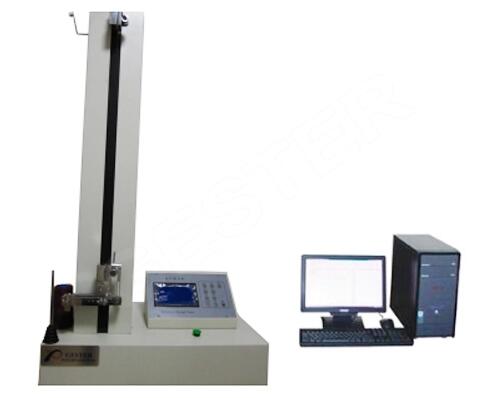
NewsInformation Center
A comprehensive guide to using a single yarn strength tester
2023/04/25
A single yarn strength tester is a device that measures the tensile properties of a yarn, such as its breaking force, elongation, and tenacity. These properties are important for determining the quality and performance of a yarn in various applications, such as weaving, knitting, or sewing.

In this guide, we will explain how to use a single yarn strength tester to obtain accurate and reliable results. We will cover the following topics:
- How to prepare the yarn samples for testing?
- How to set up the single yarn strength tester and calibrate it?
- How to perform the test and record the data?
- How to analyze the data and interpret the results?

- How to set up the single yarn strength tester and calibrate it?
To set up the single yarn strength tester, follow these steps:
1. Connect the power cord to the tester and plug it into an outlet.
2. Turn on the tester and wait for it to initialize.
3. Load the yarn sample onto the clamps according to the instructions on the screen.
4. Adjust the clamp distance and the pre-tension force as needed.
5. Press the start button to begin the test.

- How to perform the test and record the data?
To perform the test and record the data, follow these steps:
1. Set up the equipment according to the instructions manual.
2. Turn on the power and adjust the settings as needed.
3. Run the test for the specified duration and observe the results.
4. Record the data in a spreadsheet or a notebook with the date, time and other relevant information.
5. Turn off the power and clean up the equipment.
- How to analyze the data and interpret the results?
To analyze the data and interpret the results, you need to follow these steps:
1.Define your research question and hypothesis.
2.Choose the appropriate statistical test for your data type and sample size.
3.Perform the test and calculate the p-value and effect size.
4.Compare the p-value with your significance level and decide whether to reject or fail to reject the null hypothesis.
5.Report and interpret the results in the context of your research question and hypothesis.
Previous: 5 Reasons Why People Need Zipper Test
N e x t : How do the temperature and humidity affect the Zipper Reciprocating Test results



